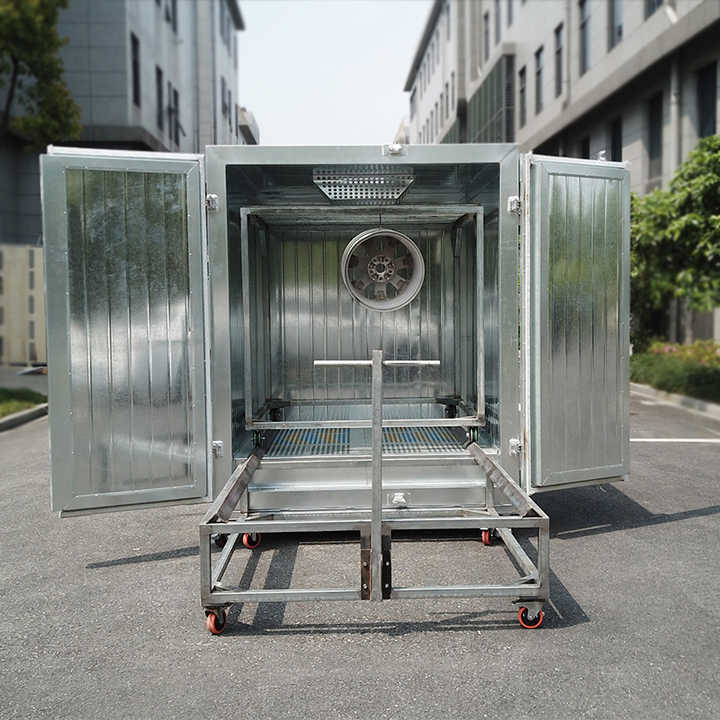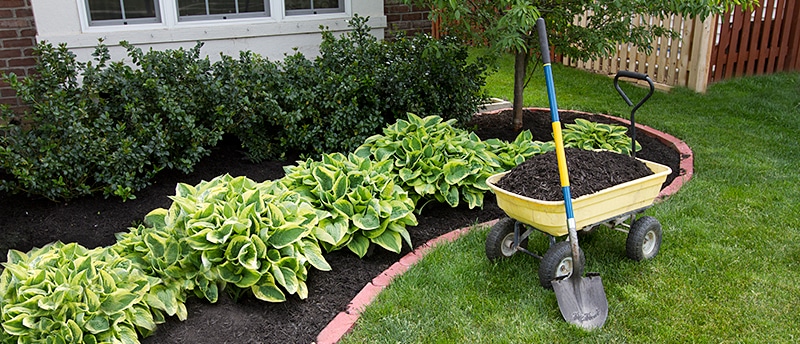
The COVID-19 pandemic ushered in significant changes to the senior care industry. From worker shortages and a new normal to increased costs of operation, senior living providers are still navigating the implications of the flu.
The physical environment has a direct impact on senior well-being. The smart and thoughtful design maximizes safety, comfort, and accessibility.
Increased Social Interaction
A new senior care facility will likely provide your loved one many opportunities to meet and talk with other residents. This can help them feel at home quickly and ease their anxiety about being in a new place where they may not know anyone.
Senior communities and nursing homes are working to combat social isolation and loneliness by increasing bandwidth and eliminating dead spots.
They also post daily schedules of programs and events in areas that are easy to see and create flyers for unique activities that can attract residents. They often offer a variety of large or small programs to fit all energy levels and interests. They also monitor resident engagement and note when residents are active or passive in their participation – which helps them improve future programs.
Better Physical Health
Many seniors who live in skilled nursing and assisted living facilities have a variety of health issues that require care. These include mobility problems that lead to falls, which can have devastating consequences. Fortunately, these environments are designed with safety features to minimize the risk of such incidents.
Residents benefit from safer walking areas with paved paths, ramps, and flat thresholds. They can also access specialized showers and bathroom fixtures that reduce fall risks. These amenities, combined with on-call staff to assist with medical concerns and transportation for doctors’ appointments, help seniors stay healthy and independent.
While occupancy levels at these facilities declined immediately following the pandemic, they are starting to recover due to hero pay and demand. However, the worker shortage remains a significant challenge for senior living facilities that rely on frontline workers to provide the best care.
Better Mental Health
Many seniors experience mental health conditions like anxiety, depression, dementia, and other issues that affect emotional and mental well-being. Assisted living facilities can provide the care, support, and services that seniors need to help treat or manage those conditions.
The settings at senior care facilities are designed for comfort and safety, which has been shown to contribute to improved mood. Additionally, residents can participate in various classes and activities that keep their minds active and help reduce symptoms of depression.
In addition, the telemedicine services provided by senior care facilities allow seniors to get the care they need quickly. This may include a visit with a doctor for prescription refills or additional care. Staff members can also monitor a resident’s mental health condition and note any worsening symptoms. This helps prevent isolation, which is an underlying cause of some mental health issues. It also allows family members to focus on other caregiving duties while knowing their loved one is getting the care they need.
Less Loneliness
Loneliness is a significant concern for many seniors. This is especially true if they live alone. Studies show that loneliness and social isolation predict a decline in quality of life for middle-aged adults, which can lead to risky health habits like more cigarettes smoked or less healthy diets.
In senior care facilities, residents can meet people and make friends. Many communities have restaurant-style dining, interest-based social clubs, and events. Residents also have the chance to get out and about in the community, whether for exercise or to see friends.
This can help reduce loneliness and give residents a sense of purpose. In addition, nurses can encourage – but not force – lonely residents to participate in activities to combat their feelings. This may include personal hobbies, family visits, or local networking.

:max_bytes(150000):strip_icc()/27372_LBurton_101822_05-4648d290e31e4097823387ecebc4f280.jpg)








